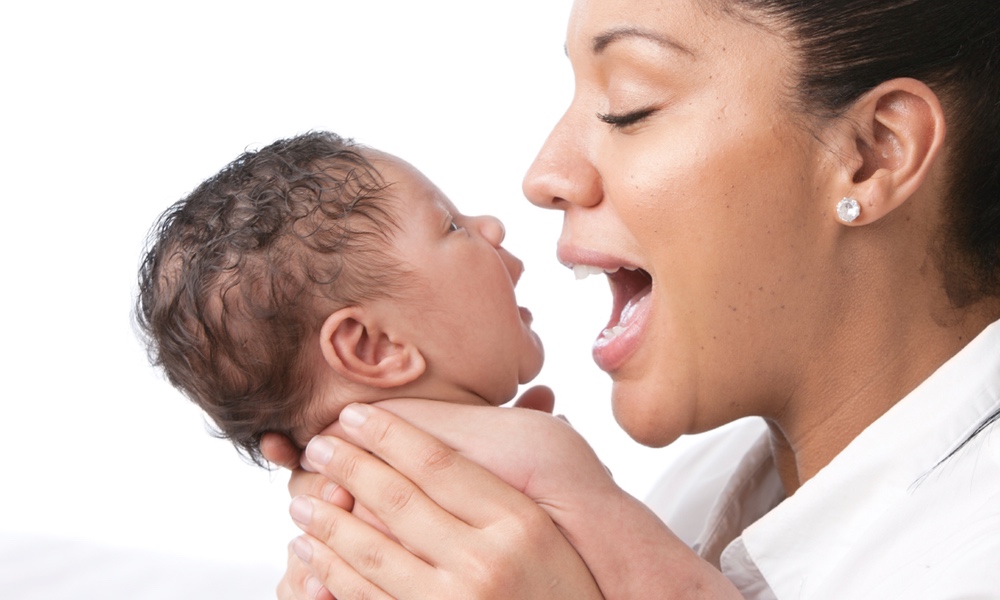Dental plaque is the sticky film of bacteria that forms on our teeth. Everyone gets it. If you don't brush and floss every day, plaque builds up and can lead to cavities, the gum disease gingivitis, tooth infections and loss, and a bacterial fungus called Candida albicans that causes thrush.
Good dental hygiene is particularly important during pregnancy, a new study shows. The reason? If a pregnant person has Candida albicans, it's likely to be passed along to their children.While thrush is active it can make it difficult for babies to nurse and children to eat. It can also lead to tooth decay.
This condition produces slightly raised, white sore patches on the mouth or tongue. Sometimes it spreads to gums, tonsils or the back of the throat. Candida albicans can usually be treated with antifungal gels or liquids applied directly to the mouth. But while thrush is active it can make it difficult for babies to nurse and children to eat. It can also lead to tooth decay.
“Significantly, 94 percent of mothers and children with oral C. albicans had highly genetically related strains, highlighting a strong maternal influence of children's C. albicans acquisition,” the authors write.
Only the pregnant person's oral hygiene, particularly dental plaque, was a significant factor in determining the transmission of C. albicans. Other factors, such as delivery methods, feeding behaviors and ethnicities, did not show any significant associations.
You can prevent plaque from building up on your teeth. The American Dental Association (ADA) suggests that you place the toothbrush against your gumline at a 45-degree angle to remove plaque from above and just below the gumline that surrounds the tooth and move the toothbrush gently back and forth in short strokes. The ADA also suggests you:
- Brush for two minutes twice a day with a tooth brush that has soft bristles.
- Replace toothbrushes every two to four months (whether manual or electric).
- Floss once a day.
- Visit your dentist once a year and see a dental hygienist twice a year for a dental cleaning.





